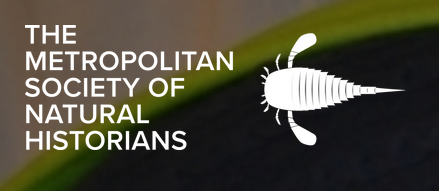Late on Saturday, May 25th, members of the MSNH and NYC Audubon, gathered in the parking lot of Sunset Cove Park in Queens to witness one of of the most extraordinary, ancient natural events, breeding of Limulus polyphemus, the Atlantic Horseshoe Crab. Each year, horseshoe crabs come to the eastern coastal shores of North America to breed. However, because of environmental factors such as pollution, habitat degradation and overharvesting, their populations are jeopardized. New York City Audubon, in collaboration with Cornell Cooperative Extension of Suffolk County and the New York State Department of Environmental Conservation, annually monitors horseshoe crab breeding in order to assess the stability of their populations, and we joined them again this year in their survey.
Being peak breeding season, the night was busy with hundreds of horseshoe crabs. Males were observed searching for females, who were laying their eggs in the shore, so that they could externally fertilize their eggs. The survey included quadrant sampling across a 100-meter transect with participants working in two groups. The number of males and females were recorded in each quadrant, as participants waded in the water crossing over fallen trees, creeks, and even trash cans! At the end of the survey, approximately 20 horseshoe crabs were tagged so that scientists could track their movements. Throughout the night, the number of previously tagged individuals was also recorded.
A special thank you to veteran coordinator, Dottie Werkmeister for leading the event, and also to Katherine Chen and Ann Seligman from NYC Audubon for organizing! To view more photos from this event, please visit our gallery. All photo credit for this event goes to Stephanie Loria.
We also recommend visiting a special photography exhibit by Bianca Otero on horseshoe crabs at the Jamaica Bay Wildlife Refuge in Queens, which is open to the public until mid-July. More details are available here.
Horseshoe crabs despite their name and superficial resemblance, are not crabs. They actually belong to their own class Xiphosura in Chelicerata, an arthropod group that also includes the classes Arachnida (spiders, scorpions, ticks, etc), Eurypterida (the extinct sea scorpions and also MSNH's mascot), and Pycnogonida (sea spiders) and some researchers even consider them arachnids. Worldwide only four extant species of horseshoe crabs still exist and all species except the Atlantic horseshoe crab, Limulus polyphemus, are found in the Indo-Pacific Ocean. Extinct horseshoe crab species have also been described and the earliest fossils date to roughly 445 million years ago! Despite their remarkable old age, horseshoe crabs have changed little morphologically since their first appearance and are therefore often referred to as 'living fossils' in the scientific literature.



